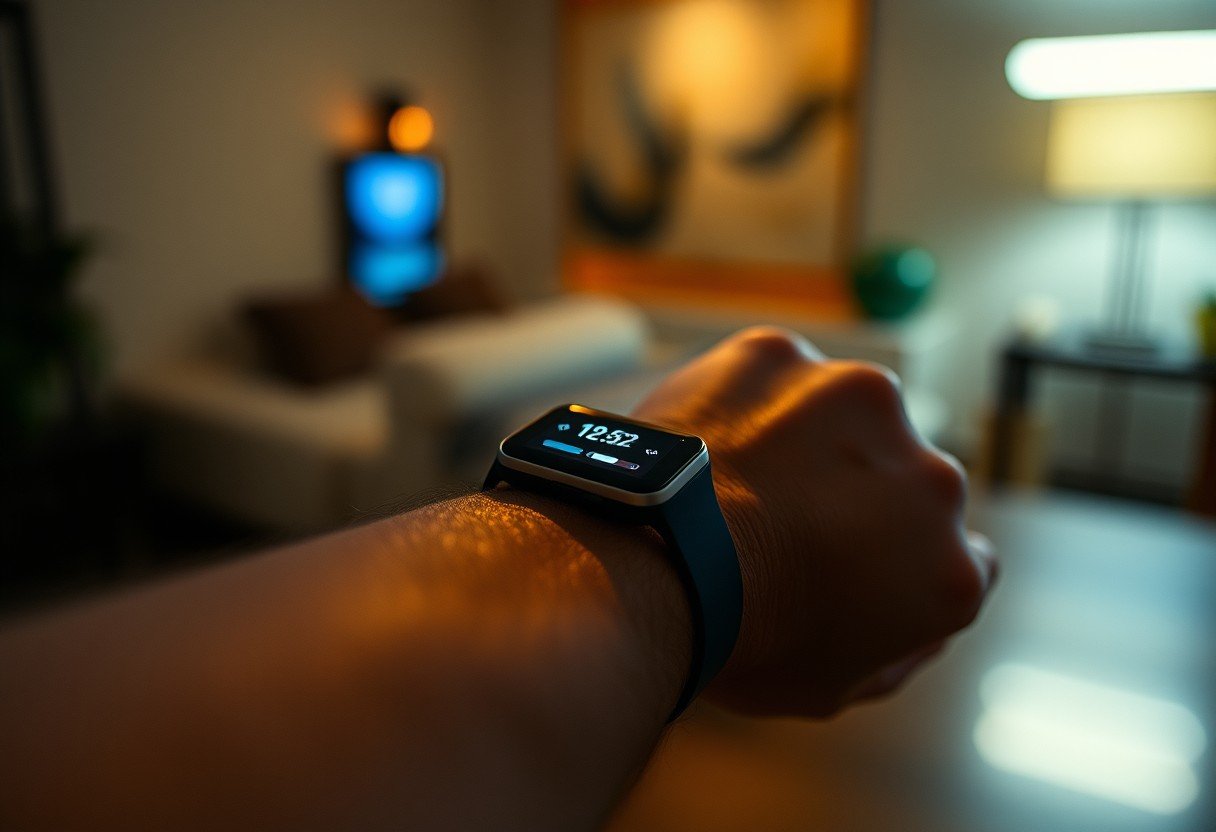Ever wondered how long to wait before using your hands after a fresh Essie manicure? On average, Essie polish takes about 10-15 minutes to feel dry to the touch. However, the time it takes for the polish to fully harden and become smudge-proof can be much longer. This process depends on the polish formula, how you apply it, and even the room’s temperature. This guide explains everything you need for a perfect, long-lasting finish.
What is the Average Drying Time for Essie Nail Polish?
When you paint your nails, there are two important stages of drying. The first stage is when the polish is “dry to the touch.” For most Essie nail polishes, this takes about 10 to 15 minutes.
During this time, the surface feels dry, and you can likely perform light tasks without issue. However, the layers of polish underneath are still soft and vulnerable to dents, smudges, and imprints.
The second stage is when the polish is fully cured or hardened. For the nail polish to fully harden and cure, it is recommended to wait at least two hours. This is the most crucial waiting period to ensure your manicure lasts as long as possible without any imperfections. Some experts even suggest that it can take up to 12 hours for all the solvents to evaporate completely for a rock-solid finish.
Key Factors that Influence How Quickly Your Polish Dries
Several variables can either speed up or slow down the drying time of your Essie nail polish. Understanding these factors can help you control the outcome of your manicure.
The most significant factor is your application technique. Applying thin coats of Essie nail polish can help speed up the drying process. Thick, gloopy layers trap solvents, which are the chemicals that need to evaporate for the polish to harden. The thicker the coat, the longer it takes for those solvents to escape.
Your environment also plays a major role. Temperature and humidity directly impact how quickly solvents can evaporate from the polish. A warm, dry room with good air circulation is the ideal setting for painting your nails.
The table below shows how these environmental factors affect the drying process.
| Condition | Effect on Drying Time |
|---|---|
| High Temperature | Shorter |
| Low Temperature | Longer |
| High Humidity | Longer |
| Low Humidity | Shorter |
How to Make Your Essie Nail Polish Dry Faster
While patience is the best tool for a perfect manicure, a few tricks can help accelerate the drying time. The process starts before you even open the bottle.
Always begin with clean, dry nails. Wipe each nail with nail polish remover to get rid of any natural oils or residue. Applying a base coat not only protects your nails but also creates a smooth surface for the polish to adhere to, which can aid in even drying.
When you are ready to paint, remember these tips:
- Apply two to three very thin coats rather than one thick coat.
- Wait at least two minutes between each coat to allow the solvents to start evaporating.
- Finish with a high-quality, quick-dry top coat specifically designed to speed up the process.
- Once you’ve applied your top coat, you can dip your nails in a bowl of ice-cold water for about a minute. The cold shock helps solidify the polish layers more quickly.
Using a fan on a cool, low setting can also help by increasing air circulation around your nails. Avoid using a hairdryer with heat, as this can cause the polish to bubble and prevent it from curing properly.
Essie Regular Polish vs. Gel Formulas: A Drying Time Comparison
Essie offers both traditional nail polish and gel formulas, and their drying processes are completely different.
Regular Essie nail polish typically dries through a process of solvent evaporation. This means that as the liquid solvents in the polish are exposed to air, they turn into vapor and leave behind the solid color and resin, which hardens on your nail. This is a passive process that takes time.
In contrast, Essie’s gel formulas do not air-dry at all. They require a special UV or LED lamp to cure. The light triggers a chemical reaction that hardens the polish in as little as 30 to 60 seconds per coat. Once the final coat is cured under the lamp, the manicure is completely hard and smudge-proof immediately.
How can you Tell if Your Nails are Truly Dry?
It can be tempting to test your nails after a few minutes, but the surface can be deceiving. The top layer might feel dry while the polish underneath is still wet.
A safe way to check is the “tap test.” Lightly touch the tips of two painted nails together. If you feel any stickiness or pull when you separate them, they are not fully cured and need more time.
If the surface is smooth and the nails click against each other without any resistance, you are likely in the clear. However, the safest method is simply to wait the recommended 1-2 hours before engaging in activities that could ruin your hard work.
Frequently Asked Questions about Essie Dry Time
How long does one coat of Essie take to dry?
A single, thin coat of Essie nail polish will be dry to the touch in about 2-3 minutes. However, it will still be soft and prone to smudging, so it’s best to wait at least 10 minutes before applying a second coat or a top coat.
Can I use a hairdryer to dry my Essie nail polish?
It is not recommended to use hot air from a hairdryer, as it can cause the polish to bubble and prevent it from hardening correctly. If you use a hairdryer, make sure it is on the coolest and lowest setting to gently circulate air.
Does a top coat really make Essie polish dry faster?
Yes, a quick-dry top coat is specifically formulated with ingredients that help the solvents in the underlying polish evaporate more quickly. It also creates a hard, protective shell over the top, shielding it from minor nicks and smudges while it cures.
Why is my Essie nail polish still tacky after an hour?
If your polish is still tacky after an hour, it is likely due to thick application. Applying thick coats traps solvents, significantly prolonging the drying time. High humidity in the room can also be a major cause.
How long should I wait before going to bed after painting my nails?
To avoid waking up with sheet marks on your nails, it’s best to wait at least two hours after your final top coat before going to bed. For best results, painting your nails earlier in the evening is always a safer bet.







Leave a Comment